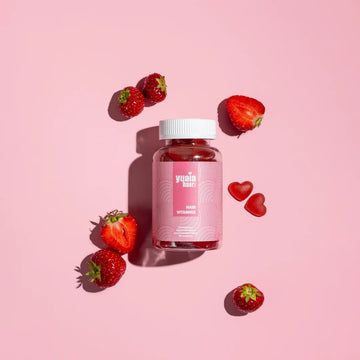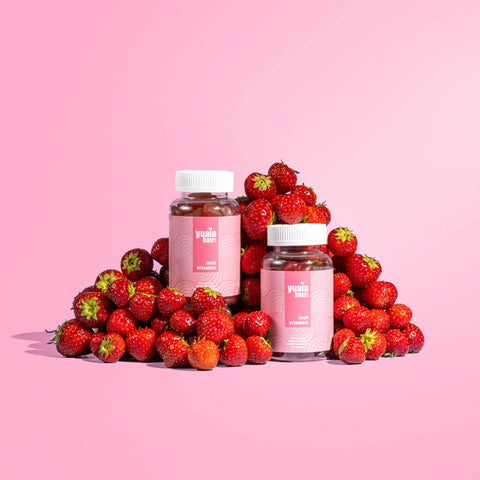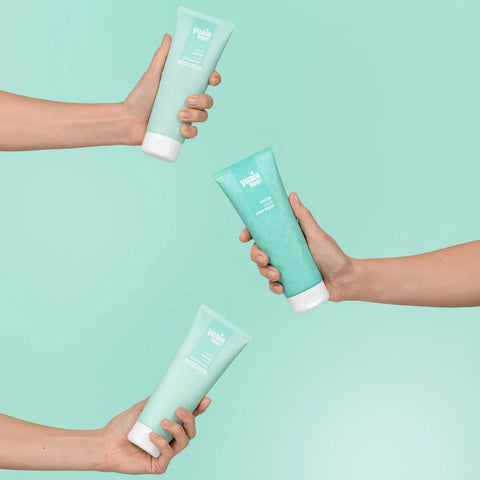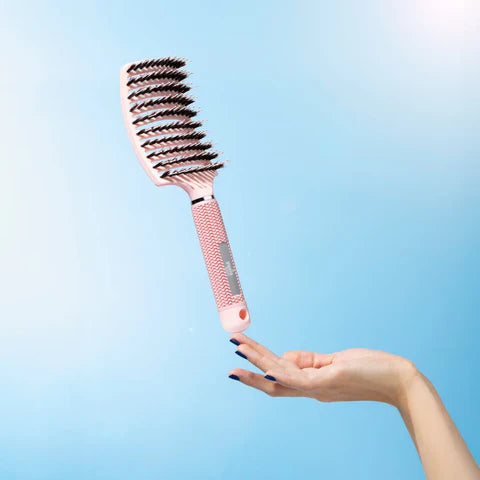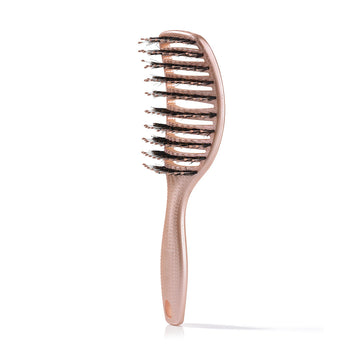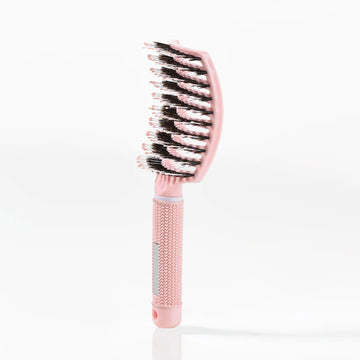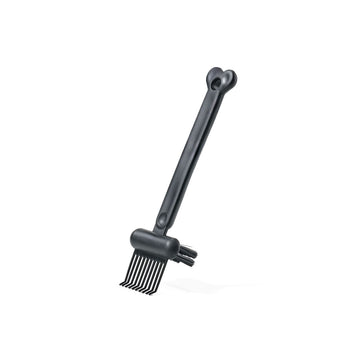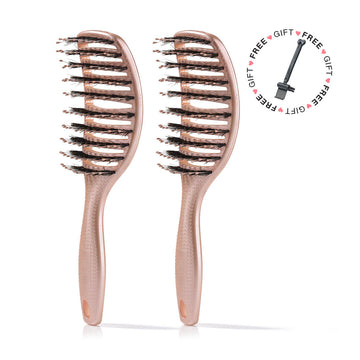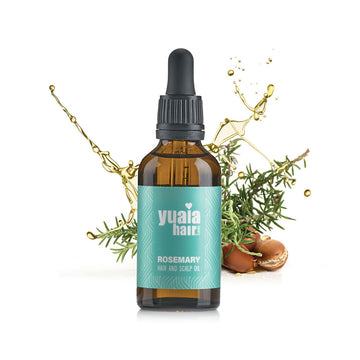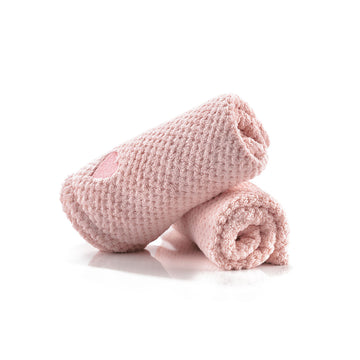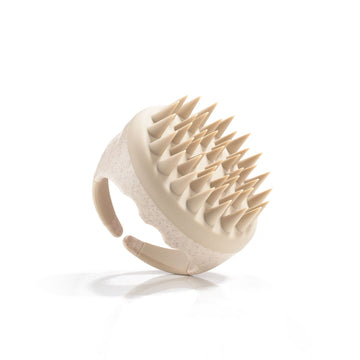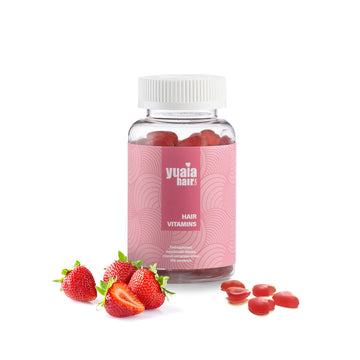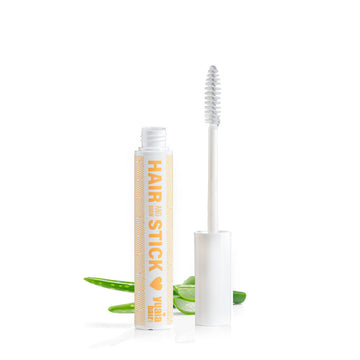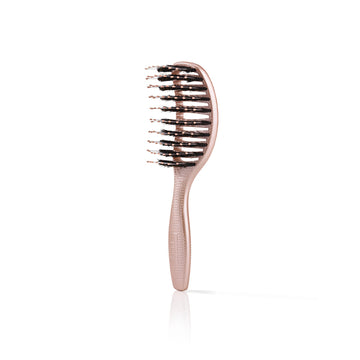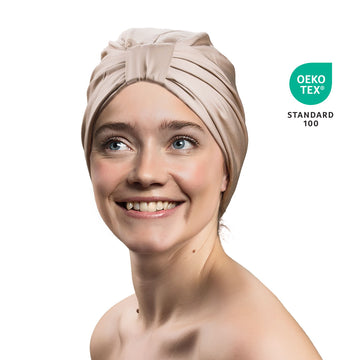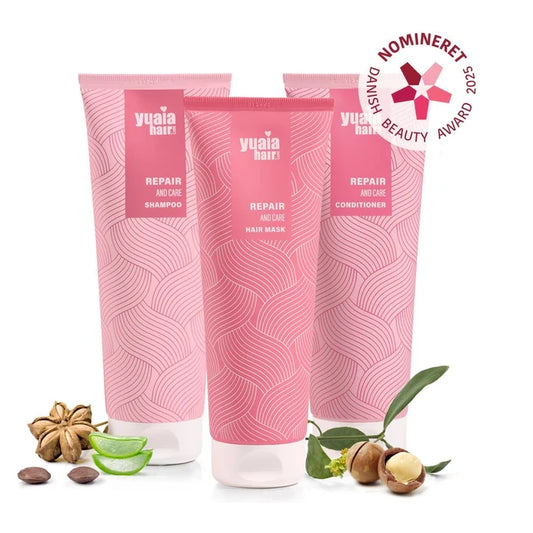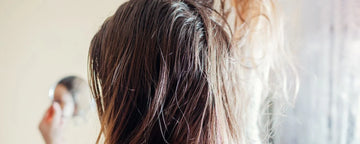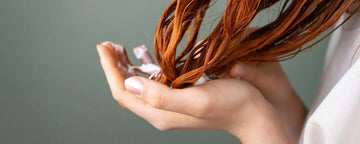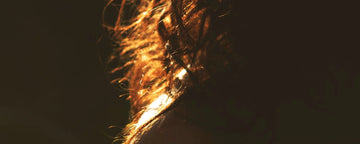
What does cold water do for hair?
Cold water seals the cuticle and locks in nutrients:
Rinsing hair with cold water offers multiple benefits for both appearance and overall hair health. One of the key effects is that cold water causes the cuticle—the outermost layer of each hair strand—to lie flat. This helps seal in moisture and nutrients from conditioners or treatments, resulting in smoother, shinier hair with noticeably less frizz.
Closed cuticles also help retain the scalp’s natural oils, which maintain hydration and form a protective barrier against environmental damage, UV exposure, and heat styling.
Enhanced shine and protection from damage:
Cold water smooths the hair surface, creating a reflective finish that boosts shine and contributes to a healthier look. Fine hair benefits in particular, as cold water reduces swelling in the hair shaft and minimizes damage from heat and brushing.
Stimulates the scalp and supports hair growth:
Cold rinses may also improve blood circulation in the scalp, enhancing the delivery of nutrients and oxygen to hair follicles. Over time, this improved circulation can lead to stronger, more resilient hair and support healthier growth when combined with a consistent hair care routine.
What does hot water do for hair?
Warm water opens the cuticle and improves cleansing of the hair:
Warm water plays an important role in hair washing by opening the hair’s cuticle layer (cuticle), allowing shampoo to penetrate more deeply into the hair shaft. This enhances the removal of dirt, excess sebum, and product buildup—particularly beneficial for those with oily scalps or frequent use of styling products. Heat also activates the surfactants in shampoo, increasing their effectiveness in breaking down oils and residues.
Risk of dryness and color fading with frequent use:
Despite its cleansing benefits, frequent use of warm water can negatively impact hair health. Repeated exposure to heat may strip away the hair’s natural oils, which are essential for maintaining moisture, elasticity, and shine. As a result, the hair may become dry, brittle, and frizzy, with a higher risk of split ends and breakage. Color-treated hair tends to fade more quickly, and the scalp may become more sensitive and prone to irritation. To reduce potential damage, warm water should be used in moderation and followed by a cool rinse to seal the cuticle and retain moisture.
So what is the best way to wash your hair?
The most effective hair-washing method involves a combination of warm and cold water. Warm water opens the hair cuticle, helping to remove dirt, oil, and buildup while activating shampoo and conditioner for a deeper cleanse. Cold water then closes the cuticle, locking in moisture, smoothing the hair shaft, and boosting natural shine.
Begin with warm water to ensure effective cleansing. Apply shampoo and conditioner while the cuticles are open to enhance penetration and nutrient delivery. Finish with cold water to seal in hydration and soothe the scalp.
This temperature contrast also benefits scalp health by opening pores for cleansing and then calming the skin with a cool rinse. When used consistently, this balanced approach promotes stronger, shinier, and healthier hair over time.
Finding the right balance of cold and hot water
Balancing warm and cold water during your hair washing routine offers the most effective approach to both cleansing and care. Warm water helps open the hair cuticle, allowing shampoo and conditioner to penetrate deeply and remove dirt, oil, and buildup. Following with a cold rinse closes the cuticle, locking in moisture and enhancing shine while minimizing frizz. This contrast also supports scalp health by stimulating circulation and calming irritation. By understanding how temperature affects your hair and scalp, you can tailor your routine to improve texture, boost resilience, and maintain long-term hair strength and manageability.
 2-5 day delivery
2-5 day delivery
 25.000+ satisfied customers
25.000+ satisfied customers
 Satisfaction Guarantee
Satisfaction Guarantee

